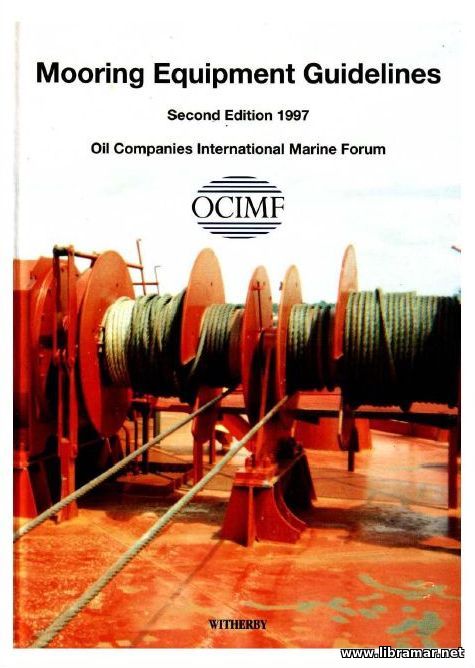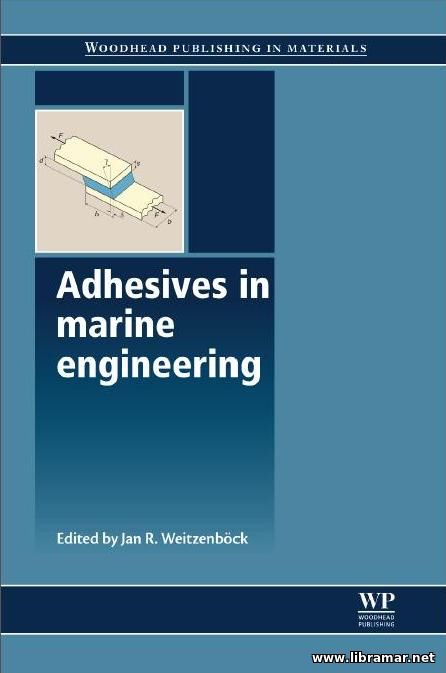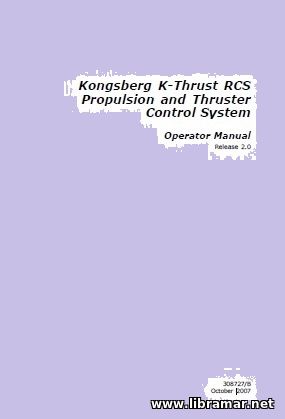Marine Transportation of Liquid Cargo — Transport System Elements
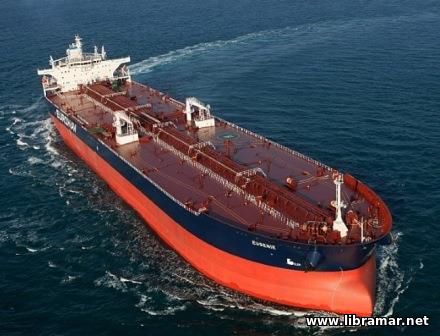
It is important that the naval architect recognize certain considerations which determine whether the vessel will be efficient in the trade for which intended. Two major elements are the economic factors governing the cargo, and the operating cycle of the ship when engaged in physical movement of the cargo.
Economy of Scale
Surface increases as the square and volume as the cube. Hence the cargo deadweight increases faster than the hull light weight. Further, it requires about the same personnel to move a large ship from point to point as a small one. These considerations of efficiency have promoted the growth of large bulk carriers. As an indicator of the economies to be realized, the Required Freight Rate (RFR), which is the ability to move a ton of cargo without profit, is often used.
However, there are some practical factors which militate against a continued upward growth in the size of vessels. It is necessary to examine the origin and destination of the substance being transported, and as well the route that will be followed between. Vessels of great draft are obviously limited in the ports they can visit and sometimes in the waterways they can traverse.
It was the stimulus of the closing of the Suez Canal in 1956, precluding the use of the relatively shallow Mediterranean Sea as a passage and forcing the much longer distances round the Cape of Good Hope, which provoked the idea of moving great quantities per ship the long distance from the Persian Gulf to northern Europe. At the destination, faced with the limited draft of most northern European ports, it was necessary to transfer into smaller vessels to complete the distribution process.
Product Purity
Successful transportation of multiple products in a chemical tanker or product carrier requires not only that great 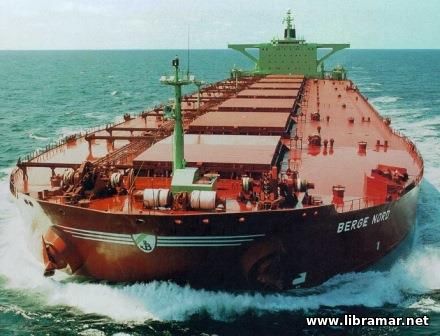 pains be taken to separate and segregate the cargos but that the individual substances be properly treated in shipment. Many products, especially chemicals, pharmaceuticals, lubricating oils, and foodstuffs, require great care to insure their quality and purity. If contaminated or altered they may become worthless.
pains be taken to separate and segregate the cargos but that the individual substances be properly treated in shipment. Many products, especially chemicals, pharmaceuticals, lubricating oils, and foodstuffs, require great care to insure their quality and purity. If contaminated or altered they may become worthless.
It is therefore necessary to know the tolerance of a product to insure its marketability is not impaired by exposure to improper temperature levels, moisture, surfaces of piping, hoses, or tanks, or traces of a previous cargo. To reduce the risk of losing the cargo by tainting, it may be possible to load the product adjacent to another commodity in the same chemical family so that any mixing of the two will only cause a downgrading of the premium substance.
Where a hazardous reaction may develop from mixing with another cargo, provision of cofferdams may be essential or, alternatively, the fitting of independent tanks. Where exposure to moisture is deleterious a dehumidifying unit can be fitted to dry out the tank for loading or to remove moisture which may enter through the venting system en route. Particular attention must be given to the interior coatings not only in the tanks but in all valves, pumps, casings, seals and gaskets which may come in contact with the cargo. In some cases, the seals and gaskets may be dissolved by the substance.
Where the purity of the product is so critical that it cannot be satisfied in any other way, it may be necessary to consider a dedicated vessel or one for which the range of acceptable products is extremely limited, or the installation of dedicated independent tanks, pumps, and piping. As an extreme example a product which, once carried, neutralizes or eliminates the possibility of carrying any other substance because its traces can never be completely eliminated, is tetraethyl lead.
Flexibility
For a crude oil carrier the run is from the producing area to the refinery and back again empty with the ship in ballast, delivering a full one-grade cargo. As a rule a gas carrier is in much the same situation. However, ships in the white oil trade or chemical carriers are expected to be able to carry many different grades, many different products and to deliver quantities of each to a number of different locations.
The range of products and their quantities, and the ability to deliver them in parcels without impairing trim, stability, 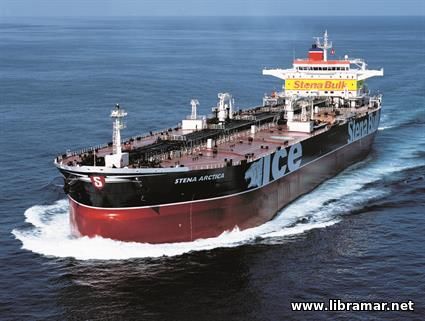 or stress condition of the ship require careful analysis of the owner's prospects. While it might appear the easiest solution to design for the most extreme cargos that could conceivably be carried, there are restrictions in the way of such a proposal. Furthermore, the cost of construction bears a relationship to the degree of hazard of the cargo since the more dangerous the substance, the greater the number of safeguards which must be incorporated.
or stress condition of the ship require careful analysis of the owner's prospects. While it might appear the easiest solution to design for the most extreme cargos that could conceivably be carried, there are restrictions in the way of such a proposal. Furthermore, the cost of construction bears a relationship to the degree of hazard of the cargo since the more dangerous the substance, the greater the number of safeguards which must be incorporated.
If there is only a limited potential for the transport of extreme risk sub¬stances, a design which endeavors to achieve the greatest range of cargos will call for many systems and control measures which will have limited use. It is therefore important to analyze the intended service of the ship with emphasis upon particulars of the cargo. Not only must consideration be given the compatibility of those substances and their individual requirements for purity and quality, but for the complex of systems of inerting, temperature control, venting, gaging, and so on.
Maintenance
The more complex the ship and its systems the more difficult it is to maintain. The designer must make provisions for upkeep. The great number of systems along with gages and alarms that must be in operating condition to insure the successful transport of bulk liquid cargo necessitates a carefully developed maintenance program. The network of the entire operation must he studied for its critical paths to insure that a loss of any one system will not rob the operator of the ability to receive, transport, or transfer the cargo.
The ability to test periodically and replace instruments should be considered in connection with their selection and installation. The availability of spare parts for critical systems must be evaluated. Specially selected materials and coatings must be identified in sufficient detail to prevent replacement or repair at a later time in the life of the ship with materials which do not conform to original specifications.
There are new considerations in doing repair work. The marine chemist has an even more critical job in assuring 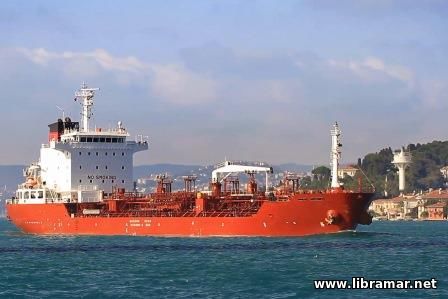 that the atmosphere is not only safe to enter but additionally, that performing hot work in a space where chemicals have been carried will not release toxic products despite being apparently gas free. The quality of welding repairs may be adversely affected by the presence of small quantities of certain chemicals.
that the atmosphere is not only safe to enter but additionally, that performing hot work in a space where chemicals have been carried will not release toxic products despite being apparently gas free. The quality of welding repairs may be adversely affected by the presence of small quantities of certain chemicals.
Delivery Terminals
The naval architect cannot consider his task of designing the ship a success unless assured that it can safely deliver its cargo at the intended destination. Public concern over the importation of hazardous substances, opposition to dredging as a means of gaining entree for ships, and questions of coastal land use especially the impact on pristine areas for any new development, have made it difficult to know that the community will accept the arriving ship and its cargo, or that it will be possible to move the material onward to its next stage in the distribution sequence, whether by reshipment, pipeline, or other mode. Local, state and Federal agencies concerned with any new proposal are legion. The procedure for gaining acceptance is protracted and frequently indecisive.
In the face of these constraints, the naval architect may well find it a requirement to solve the landing of the cargo at locations remote from the usual services available in a port. Or it may be necessary actually to design a reception facility in an offshore location at which the product may be stored pending transshipment in smaller vessels, transferred ashore by pipeline, or as in the case of LNG, changed from the liquid state by regasification and pipelined ashore as gas.
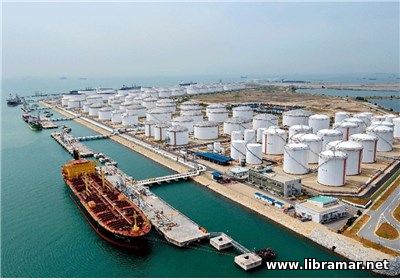 The growing use of single point moorings is an attempt to get around the administrative delays imposed in the process of approving a new facility. The costs associated with this factor are part of the total solution and allowance must be made for both the delay and the expense. These effects may well influence the overall plan for the movement of the cargo and alter the parameters governing the design of the ship.
The growing use of single point moorings is an attempt to get around the administrative delays imposed in the process of approving a new facility. The costs associated with this factor are part of the total solution and allowance must be made for both the delay and the expense. These effects may well influence the overall plan for the movement of the cargo and alter the parameters governing the design of the ship.
Offshore facilities for storage, transshipment or conversion of hazardous cargos may take a number of forms. Floating vessels weathervaning around an anchored column, built of steel or concrete - of ship shape or even toroid - have been built. Other concepts suggest creation of ship-formed multi-cellular concrete structures, either ballasted and floating or bottom supported.
The "Read Later" function allows you to add material to this block with just one click. Just click on the icon and read the articles that interest you at any convenient time.
